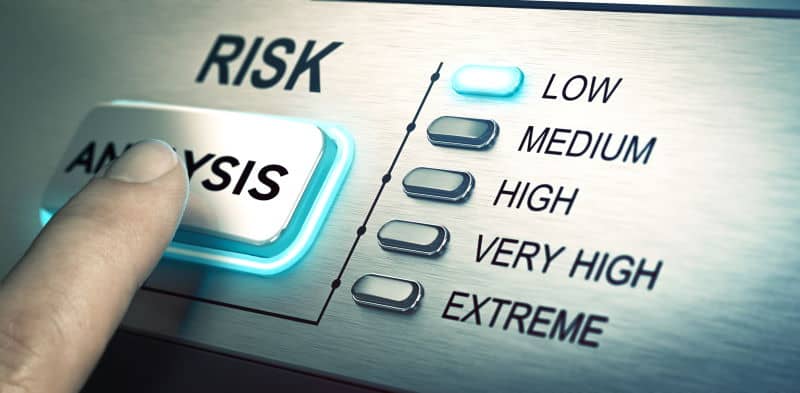Businesses worldwide are faced with a constantly evolving security landscape. Thus, most companies need to understand how they could best protect themselves. Unfortunately, cybersecurity threats have become more complex over the years as hackers have continued to find new ways to exploit vulnerabilities in systems. Thus, possibly costing companies a hefty amount of dollars each year with data breaches.
Although business risks are continuous and dynamic, there are ways to minimize these risks. Some companies choose to hire a fully managed IT security services provider and take steps to identify and mitigate business security risks. On the other hand, others opt to handle these things themselves.
Whatever your company decides to do, there are specific things you can examine and implement to minimize security risks. Here are six ways to identify and mitigate risks that may affect your business.
1. Perform An Internal Audit
Companies need to review their current cybersecurity health and see how it stacks up with industry standards and best practices. Conducting an internal audit will also help businesses determine whether their cybersecurity efforts meet their current business needs. A security assessment should include a review of technical safeguards like firewalls, security updates, and policies. These policies may include password protection and user permissions.
They should also look at their employees to see if everyone follows the necessary steps in protecting company data. Employees must be using complex passwords and avoiding public Wi-Fi when logging into company accounts.
If your company doesn't have the means to conduct an assessment, consider hiring a Sacramento managed IT company and others to handle the IT-related tasks for your business. They will be able to identify risks and fix them before they turn into more significant problems.
2. Identify Vulnerabilities
Based on the audit result, identify where the biggest threats exist within the company. These areas could be most vulnerable to cyberattacks, such as unprotected entry points. Also, check for unsecured Wi-Fi, old software and hardware systems without adequate security updates, or even employees who do not follow safe password practices.
Prioritize the vulnerabilities and consider how often they occur and the extent of damage that could happen. It'll be better if the company focuses on the most critical vulnerabilities first, then move on to the less critical ones only after they've successfully mitigated the high-risk issues.
3. Identify Your Assets
Once you understand the threats to your company, it's critical to identify useful assets. These are information that, if stolen, could damage or destroy your business. Critical assets may include financial records (if you looked for support for a statutory audit), customer data, and proprietary business information.
4. Implement Risk-Based Security Measures
Once you have identified your assets and vulnerabilities, you can begin to implement appropriate risk-based security measures. For example, suppose a company determines that customer data is its most critical asset but their customer support department frequently uses unsecured computer systems. In this case, the company should prioritize implementing a secure Wi-Fi network for customer support and require all employees to only use the approved network.
-
Additional security software: Firewalls and intrusion protection systems to monitor outgoing customer data would be an effective risk-based security measure. The company may also consider encrypting all customer data to only allow access to authorized employees.
-
Assign specific responsibilities: Once you have implemented several risk-based security measures, it's essential to educate employees about their roles in keeping the company safe. For example, the company could specify that all employees use complex passwords and avoid public internet when logging into company accounts. Remember that the best way to hold employees accountable for security is by creating a written policy that clearly defines their responsibilities.
-
Train Employees: The business should regularly train employees on how to use company resources safely. The more a business trains its employees, the more likely they'll follow safe practices and help maintain a secure environment.
5. Evaluate The Effectiveness Of Your Security Measures
Periodically testing your cybersecurity efforts is another way to ensure they are effective. Companies may conduct penetration tests or ethical hacking to evaluate the security of their network and systems. Another option is to hire a third party to conduct regular audits as an added layer of protection.
6. Prepare For Escalating Threats
Remember that as technology advances, so will cybersecurity threats. Businesses may prepare for future threats by staying on top of the latest security research. Additionally, you should invest in a skilled cybersecurity team and take advantage of cybersecurity insurance. This might help mitigate financial consequences and reduce the impact of an attack.
Conclusion
Although no business is entirely invulnerable to cyberattacks, a company can implement numerous risk-based security measures to protect its critical assets and minimize the impact of a breach. Focusing on understanding your company's security risks, targeting high-risk vulnerabilities, and training employees will help prevent major breaches despite the rapid advancement of technology.









